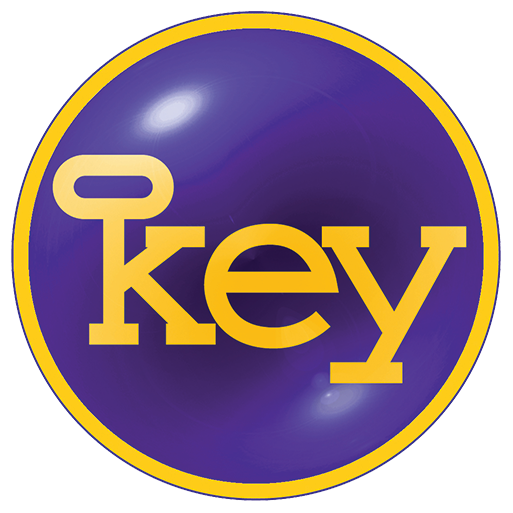Ever noticed that when asked to describe their business many people seem to default to a set of financial accounts and or the conventional organisation chart? Much conventional wisdom seems to want you to believe that achieving success only requires knowing about money and or power hierarchies.
Now don't get me wrong, money and power are realities of every business or other type of organisation. It's just that only considering either or both is severely limiting to sustainable success. Those that truly understand what it takes to have sustainable success know that much more is required.
Achieving sustainable success, say business thinkers such as Peter Drucker, W. Edwards Deming and Joseph Juran, is about focusing on understanding and meeting customer needs, as it is this that leads to customer satisfaction. All else flows from this. Unfortunately there are so many distractions like texts, emails, Twitter, Facebook and so on. Then there is the way detail draws your attention away fromthe biggest picture. So how can you keep your organisation focused on the customer?
Well, whatever you do it probably helps to use some sort of visual representation to act as a constant reminder. Why visual? Because this begins to remind people that, as Leonardo da Vinci said, everything is connected to everything else. The power of the picture is that it acts as a reminder that there are relationships between everything and everyone inside and outside your business that together connect it to the customer.
Let's build what we might call a picture of your business. Since success depends on customers, it makes sense to start with them. You may call them clients, patients, service users, beneficiaries or consumers.
At any stage in the relationship with your customers they may be in contact with anyone in your organisation. These 'moments of truth', as Jan Carlzon called them, determine customers perceptions of your business and whether they will buy from you. It is customers who ultimately generate profits and pay the wages.
Next in creating a picture of your business, you need to show customer relationships with your business. This needs to connect value-add flows to customers, possibly including a supply chain or sequence of steps in service delivery.
That value chain will be literally supported by processes or functions such as accountancy, HR, quality, ICT (including the internet), transport (possibly in the value flow), facilities and more. Effective support processes and functions are vital, but not the reason the business exists. So these will be added to what we shall call the operational level. A critical question everyone in support needs to ask is whether they are making a positive contribution to what customers perceive as added value that meets their needs.
In addition to outcomes bought by customers there other outcomes. Four are suggested below to complete the operational picture. Clearly business activity will generate costs that need to be understood. Equally clearly there will be a financial outcome of some sort that relates to sales and costs. As a consequence of activity there will be waste and of course there is a relationship with costs and hence the financial outcome. What might not be so obvious is that the morale and motivation of people in the business is an outcome of business activities and the way, via values and culture, the business is run. This may well be reflected in the other outcomes and to how sustainable the business is.
Sustaining success in a fast changing world means that the organisation needs to continually adapt both to changing customer demands and the external environment. Therefore to make this picture of your organisation even more powerful a learning, feedback and change loop is added to drive adaptation to the ever-changing situation. We call this whole picture the Flow & Feedback Diagram (2F); value flows to customers and feedback enables the business to adapt and achieve sustainable success. It puts into practice the Study-Act-Plan-Do learning cycle that is central to continual improvement.
As George E.P. Box once said, all models are wrong some are useful. Anything that simplifies reality is 'wrong'. However, to what ever extent that the 2F diagram simplifies reality, its primary purpose is to constantly remind everyone in your business to think about everything in relation to your customers and their ever-changing needs. That increases the likelihood of having sustainable success. How might you use or adapt this diagram to stimulate different thinking about your business?
Future blogs will expand on this drawing on my book Picture Your Business, which is still available, click here. The latest version of the companion 2F Worksheet is now available free in MS Word or PDF on request from me either via a Linkedin message or by emailing alanclark@keybiz.com.






